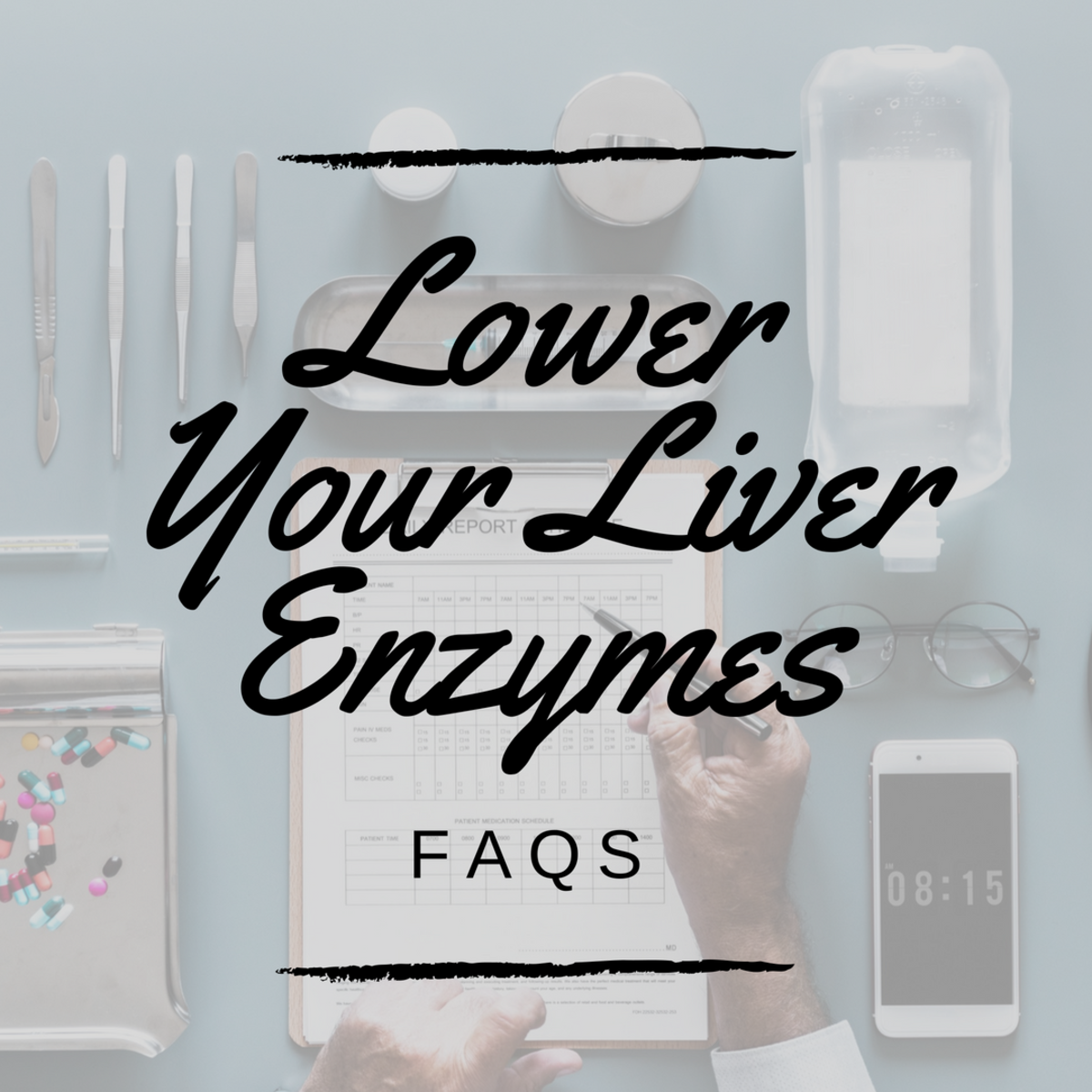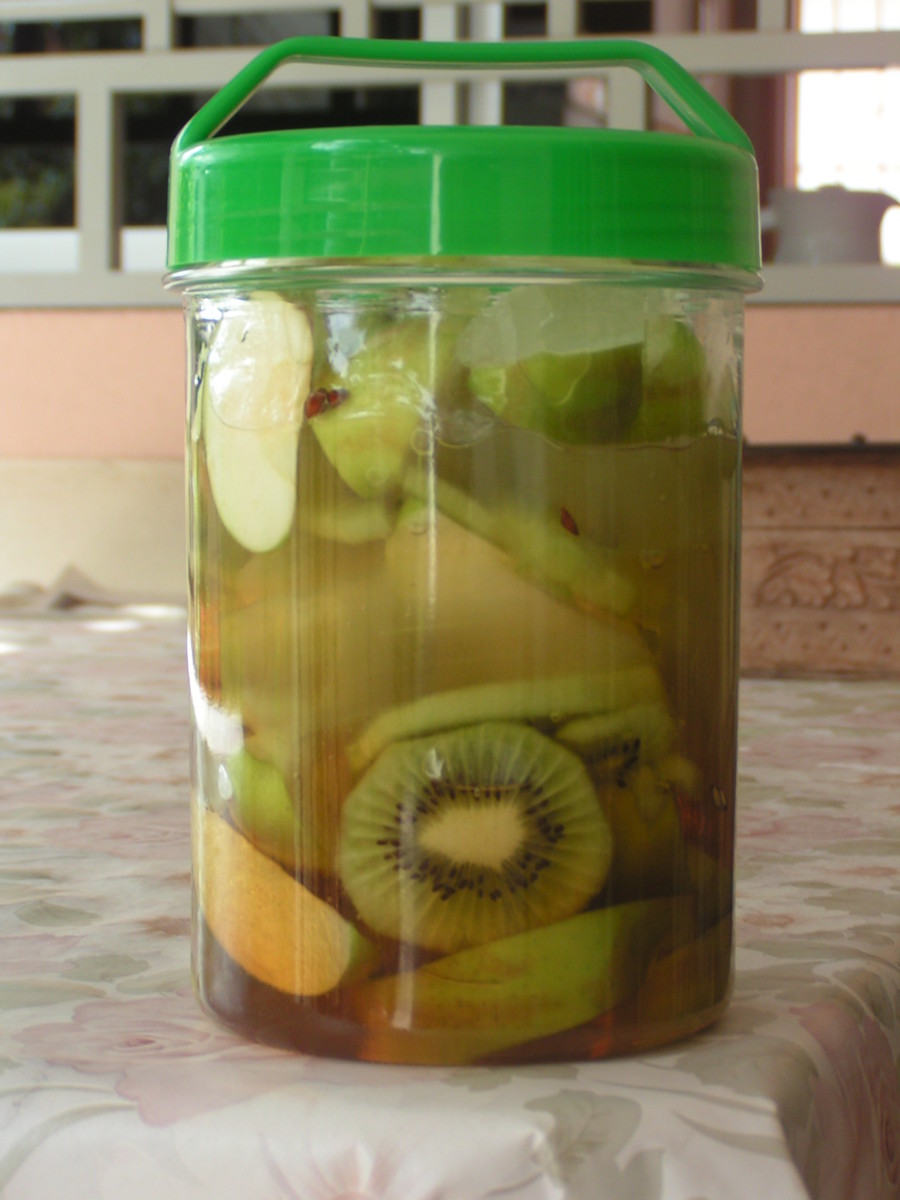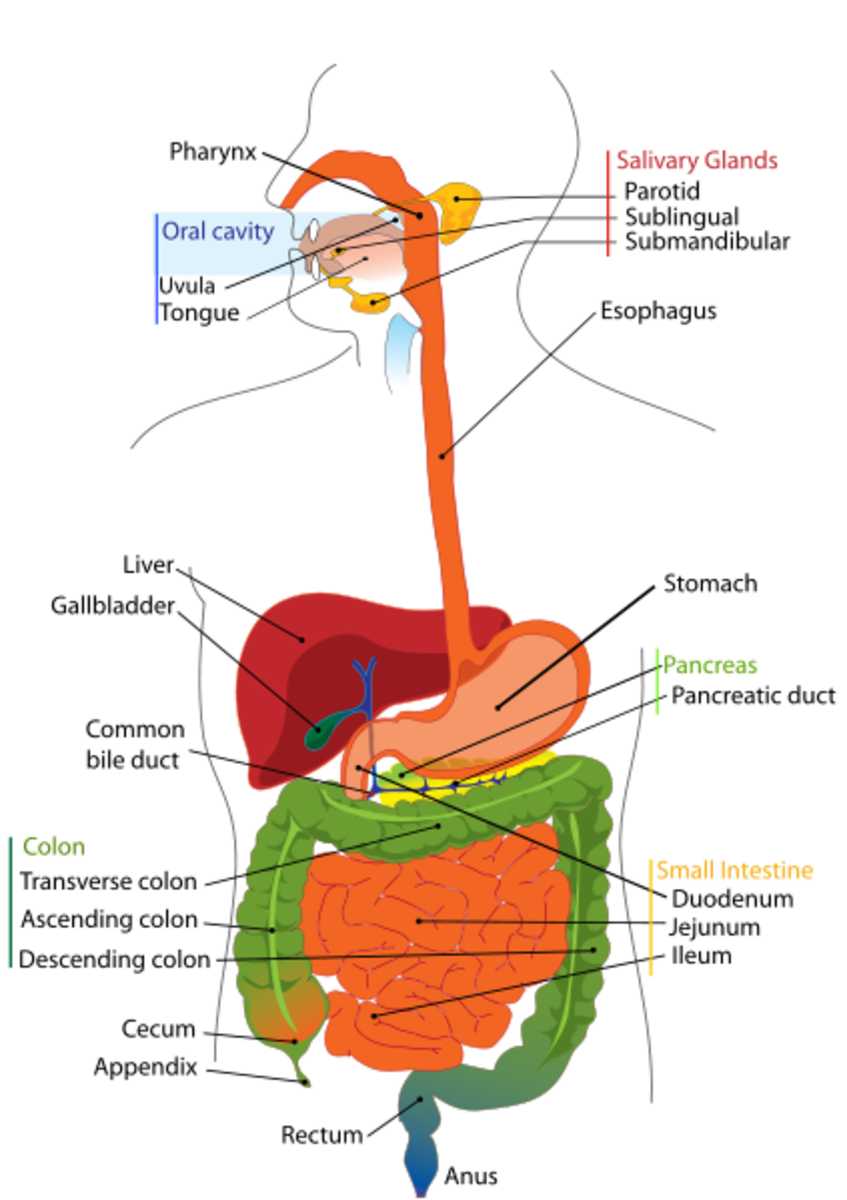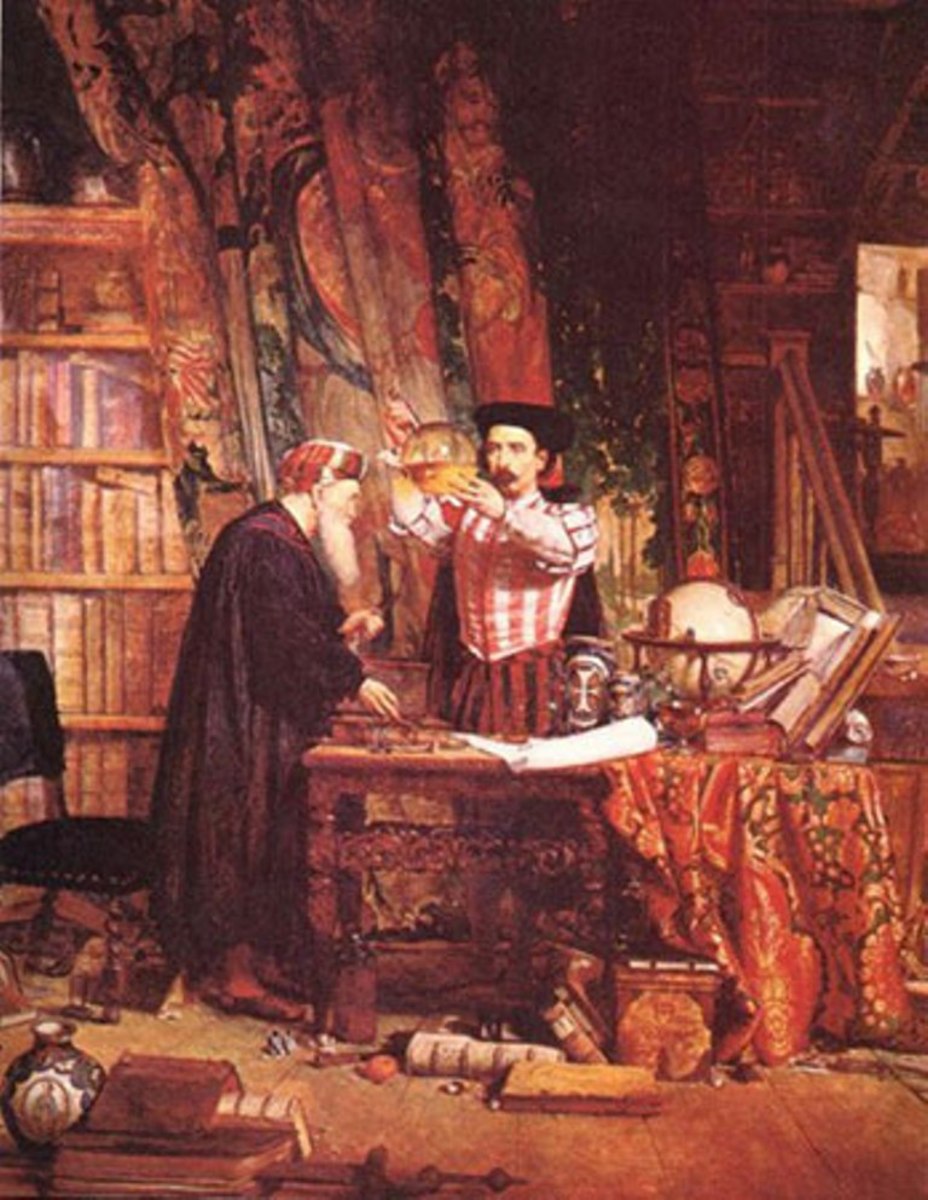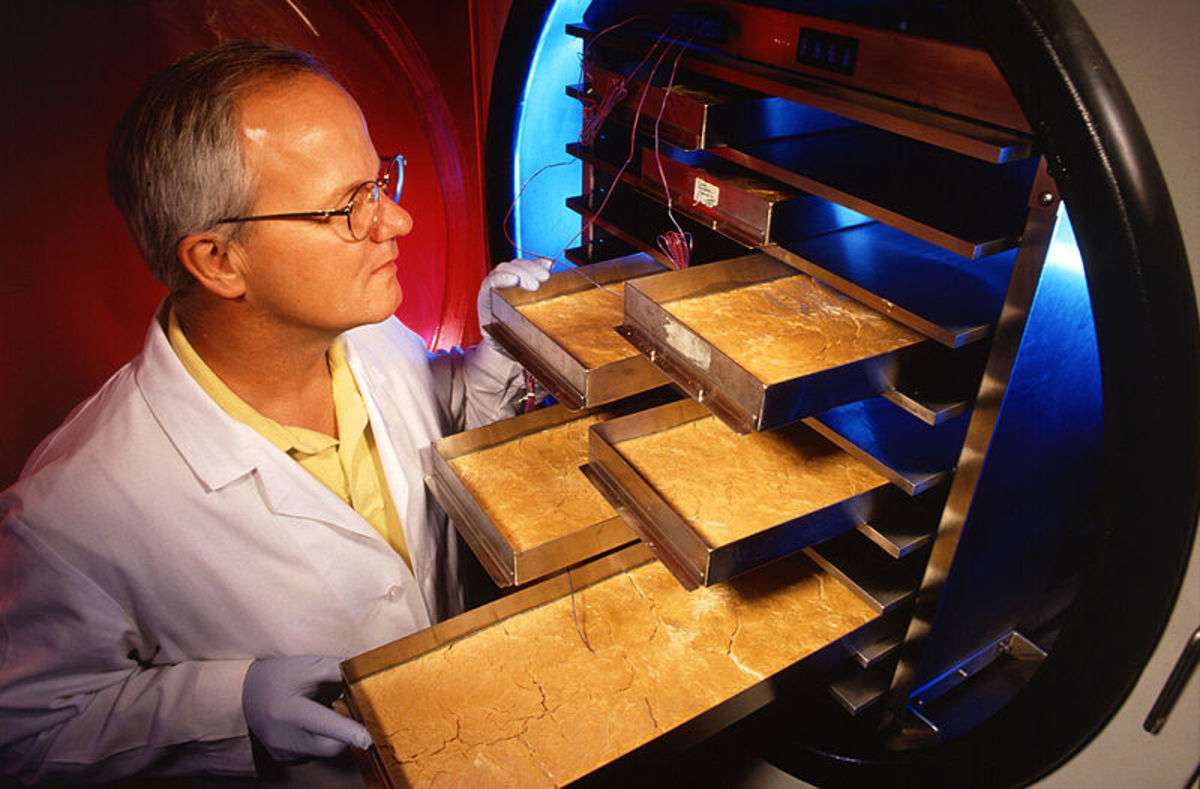AS Biology - Enzymes - Part 1
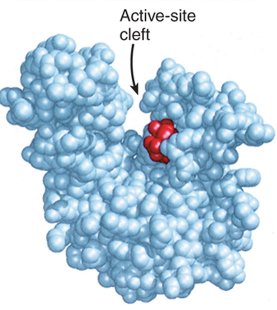
Enzymes - The Basics
- All enzymes are globular proteins (to learn more about protein structure click here).
- They are usually soluble in water.
- They act as catalysts in chemical reactions.
- The globular protein structure of an enzyme has a cleft area that is called an 'active site'.
- They are large molecules that consist of hundreds of amino acids.
- In order for the enzyme to function the tertiary structure must be kept as a very specific shape and this is the job of the majority of amino acids in the enzyme.
- The active site of the enzyme is the site where the catalytic activity occurs.
- This active site is a very specific shape meaning that the reaction that the enzyme can catalyze is also very specific and individual.
Active Sites
- The active site of an enzyme is specifically shaped so that it is complementary to the substrate molecule that is involved in the reaction.
- The substrate molecules are usually much smaller than the active site in order to fit inside it and this is why the term 'lock and key' is commonly used.
- It is thought that a change in the shape of the enzyme occurs when the substrate binds to the active site and that the charges of amino acids in the active site help hold the substrate so the reaction can occur. This is called 'induced-fit hypothesis'.

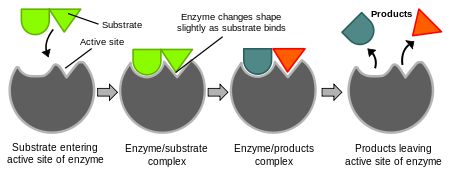
Induced-Fit Hypothesis
As a substrate molecule collides with the active site of an enzyme the enzyme's shape will change slightly.
This change in shape makes the active site fit more closely to the substrate and holds it in place. Charged groups on the active site and the substrate are found near each other (enzyme-substrate complex) and this also helps to hold the substrate in place.
The change in the enzyme shape also puts a strain on the substrate molecule which causes it to destabilise and make the reaction occur more efficiently.
The products formed are a different shape to the enzyme's active site and therefore no longer fit. The enzyme then goes on to catalyse the same reaction between lots of other substrate molecules.

Enzyme
| Reaction catalysed
|
|---|---|
Lactase
| The breakdown of lactose into glucose and galactose. People who are lactose-intolerant will not produce this enzyme.
|
Catalase
| The breakdown of Hydrogen Peroxide into water and oxygen. Hydrogen Peroxide is a toxic by-product of some metabolic reactions and therefore we must have the enzyme to catalyse the reaction to break it down so it is no longer harmful.
|
Ribulose Biphosphate Carboxlayse (Rubisco)
| Catalyses the binding of carbon dioxide to ribulose biphosphate in plants.
|
ATP-ase
| The reaction to breakdown of ATP to produce ADP and a phosphate group produces small amounts of energy which drive processes such as active transport.
|
The name given to an enzyme is usually the substrate of the specific reaction with the added suffix 'ase'.

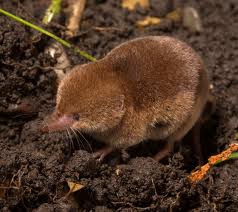
Endothermic Animals
Endothermic animals (endotherms) have the ability to control and maintain their internal body temperature, this has allowed them to live in the most different and extreme environments in the world.
Being able to regulate your internal body temperature means that the enzymes in your body can function at a near-optimum temperature all the time.
However efficient this system is, it does mean that birds and mammals that can regulate their temperature require a lot more food for energy compared to, for example, a reptile of the same size.
Digestion - Heterotrophs
- Heterotrophs are organisms that eat other organisms in order to gain the nutrition.
- These organisms need to break down the thing that they're consuming in order to extract the nutrient molecules that they need - this is called digesting.
- Digestion requires the breaking of glycosidic, ester and peptide bonds and this is catalysed by different enzymes.
- Some organisms will secrete enzymes outside themselves and onto the thing that they want to eat which will break down the food into individual momomers which can then be taken in by the organism and used.
- Other organisms will have an internal digestive system and as the food travels through the system it will be mixed with various enzymes which will break it down.
- Enzymes that are released from the cells that produce them and onto the food are called extracellular enzymes and ones that are found in the cytoplasm/cell membranes are called intercellular enzymes.

